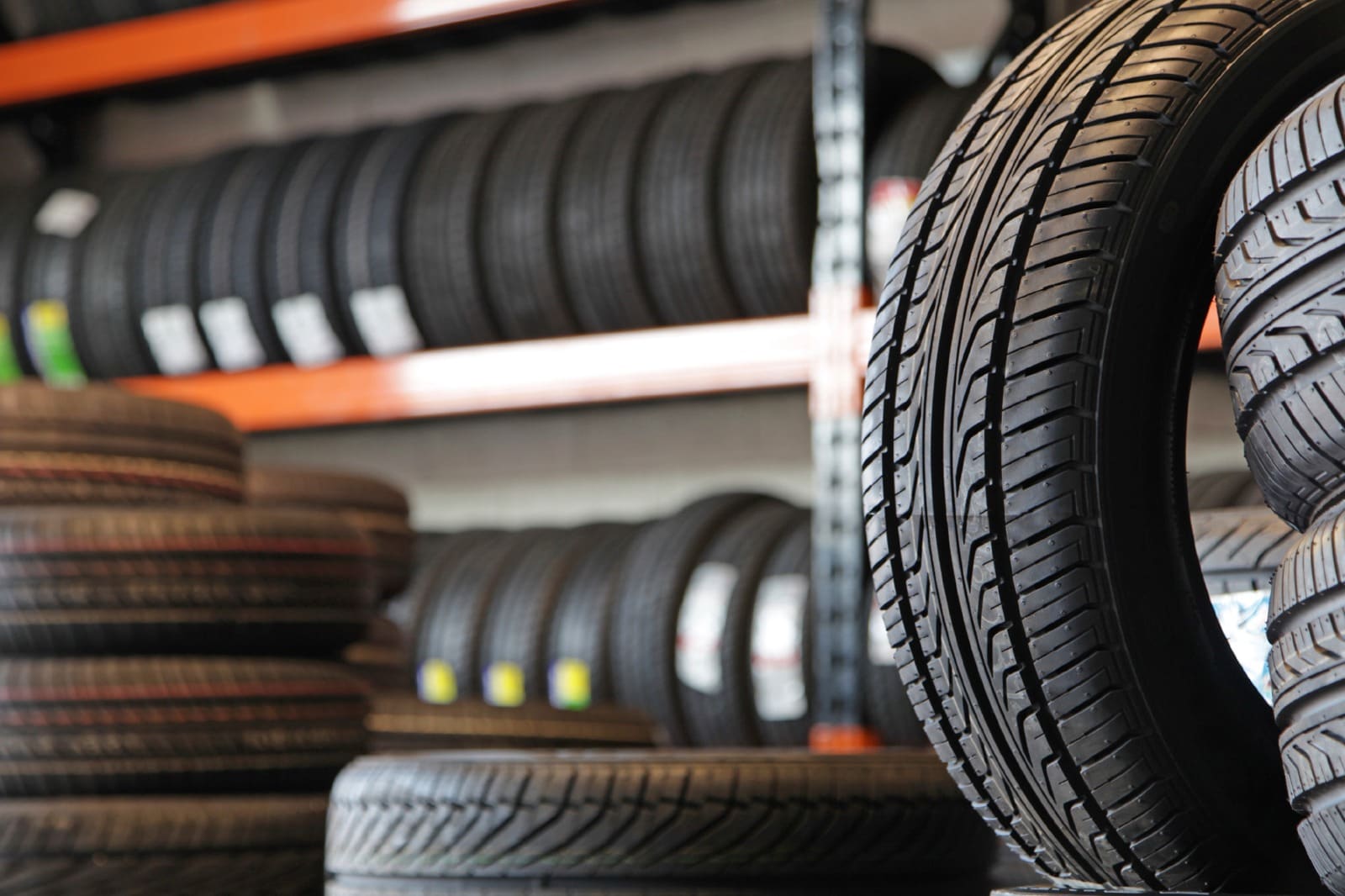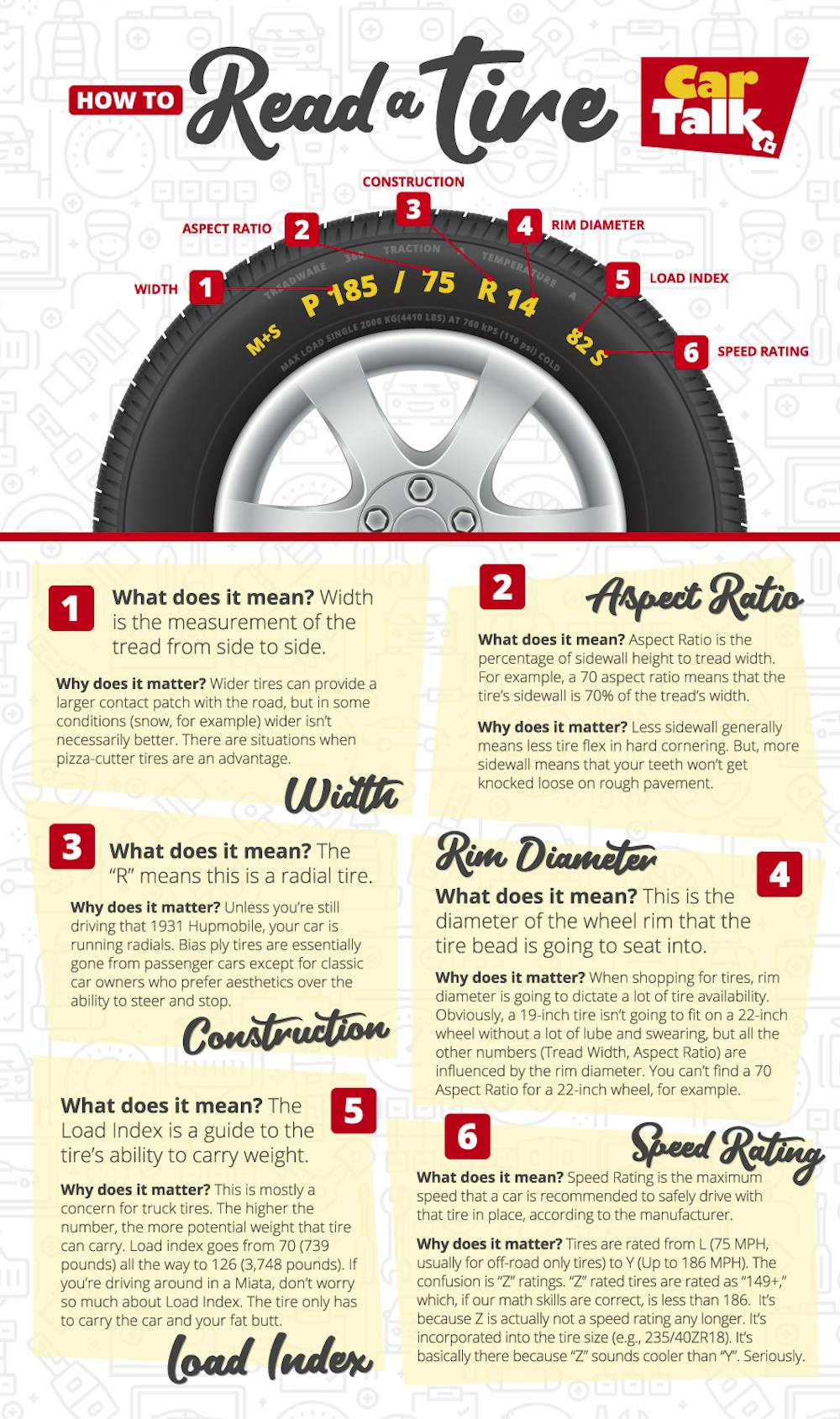All Categories
Featured
Table of Contents
The Michelin supplied a comfy driving experience, characterised by receptive guiding and a progressive understeer balance. In spite of the cooler screening problems, Michelin's regular time and hold over three laps suggests its viability for real-world applications.
Another noteworthy element was Yokohama's workout time. The tire's first lap was a 2nd slower than the 2nd, indicating a temperature-related grasp rise. This suggests the Yokohama could beam in dry, race-like conditions. Nevertheless, for daily use, the Michelin might be a safer bet. Next in line was the Hankook.
Trusted Tyre Rotation Near Me – Mirrabooka
It shared Michelin's safe understeer equilibrium yet did not have the latter's willingness to turn. Continental and Goodyear's efficiencies were significant, with Continental's new PremiumContact 7 revealing a significant enhancement in wet conditions contrasted to its precursor, the PC6. This design was much much less conscious load modifications and behaved a lot like the Michelin, albeit with somewhat much less communication at the limit.
It integrated the safe understeer balance of the Michelin and Continental with some stylish handling, confirming both foreseeable and fast. As an all-rounder for this Golf GTI, Goodyear's Crooked array was the standout, demonstrating outstanding efficiency in the wet. The Bridgestone Potenza Sport took the crown as the fastest tire, albeit by a little margin.
This tire obtained grippier as it heated up, similar to the Yokohama. Motorists seeking an interesting wet drive could locate this tire worth thinking about. The standout performer in wet stopping was the newest tire on test, the PremiumContact 7, though the outcomes are nuanced. We conducted damp stopping examinations in three different methods, twice at the new state and once at the worn state.
Wheel Balancing Services ( Stirling)
Preferably, we wanted the cool temperature level examination to be at around 5-7C, but logistical hold-ups implied we examined with an ordinary air temperature of 8C and water at 12C. While this was cooler than standard test problems, it was still warmer than real-world problems. The warm temperature test was done at an average of 18C air and 19C water.
The third run involved wet stopping tests on worn tyres, particularly those machined down to 2mm with a small altercation. While we planned to do even more with these used tyres, climate constraints limited our screening. It's worth keeping in mind that wet braking is most crucial at the worn state, as tires generally improve in completely dry conditions as they wear.

Bridgestone, Goodyear, and Michelin saw the least performance reduction when used. The Hankook tyre registered the smallest performance drop as temperatures cooled, however it was amongst the most affected when put on.
Tyre Repair
The take-home message below is that no single tire succeeded in all facets of damp stopping, suggesting a complex interplay of factors influencing tire efficiency under various conditions. There was a standout tyre in aquaplaning, the Continental ended up top in both straight and bent aquaplaning, with the Michelin and Goodyear likewise great in deeper water.

Yokohama can take advantage of a little more hold, a problem possibly influenced by the cooler conditions. As for dealing with, all tyres performed within a 2% range on the lap, showing their top notch efficiency (Tyre packages). Nonetheless, taking into consideration these tires essentially target the very same client, it's intriguing to observe the substantial distinctions in feeling.
The surprise is because the PremiumContact 6 was among my favourites for stylish completely dry drives, however its follower, the PremiumContact 7, seems a lot more fully grown and resembles Michelin's performance. Among these, Hankook was the least accurate in guiding and interaction at the limitation. Tyre safety. Both Michelin and Continental offered lovely preliminary steering, albeit not the fastest
If I were to advise a tire for a fast lap to a beginner, claim my daddy, it would certainly be one of these. We have the 'enjoyable' tyres, namely Yokohama and Bridgestone. Both were swift to steer and felt sportier than the others, yet the compromise is an extra playful rear end, making them much more difficult to handle.
Affordable Tyre Safety Near Me
It gave similar guiding to Bridgestone but provided much better feedback at the limit and better grasp. The Bridgestone Potenza Sport, nevertheless, appeared to degrade quite rapidly after simply three laps on this requiring circuit. Finally, there's Goodyear, which positioned itself somewhere in between the fun tyres and those often tending in the direction of understeer.
All in all, these tyres are superb performers. In terms of tyre wear, the technique utilised in this test is what the market refers to as the 'gold standard' of wear.
Both the Bridgestone and Yokohama tyres considerably underperformed in comparison to the other 4 tires in regards to rolling resistance, with Continental slightly surpassing the remainder. Concerning the convenience degree of the tires, as prepared for, most demonstrated an inverted relationship with handling. The Continental, Michelin, and Goodyear tyres executed best across different surface types examined.

Bridgestone started to reveal indicators of suppleness, while Yokohama was particularly disconcerting over pockets. We did gauge inner noise levels; nonetheless, as is typically the case, the outcomes were very closely matched, and as a result of weather restrictions, we were incapable to perform a subjective analysis of the tyres sound. We looked at abrasion numbers, which gauge the amount of tyre step shed per kilometre, normalised to a one-tonne car.
Vehicle Tyres Near Me – Mirrabooka
This number represents the amount of rubber dirt your tyres create while driving. Michelin led in this group, creating over 9% less rubber particulate issue.
Latest Posts
High-quality Tyres
Honest Premium Tyre Selection Near Me
Honest Tyre Checks Near Me